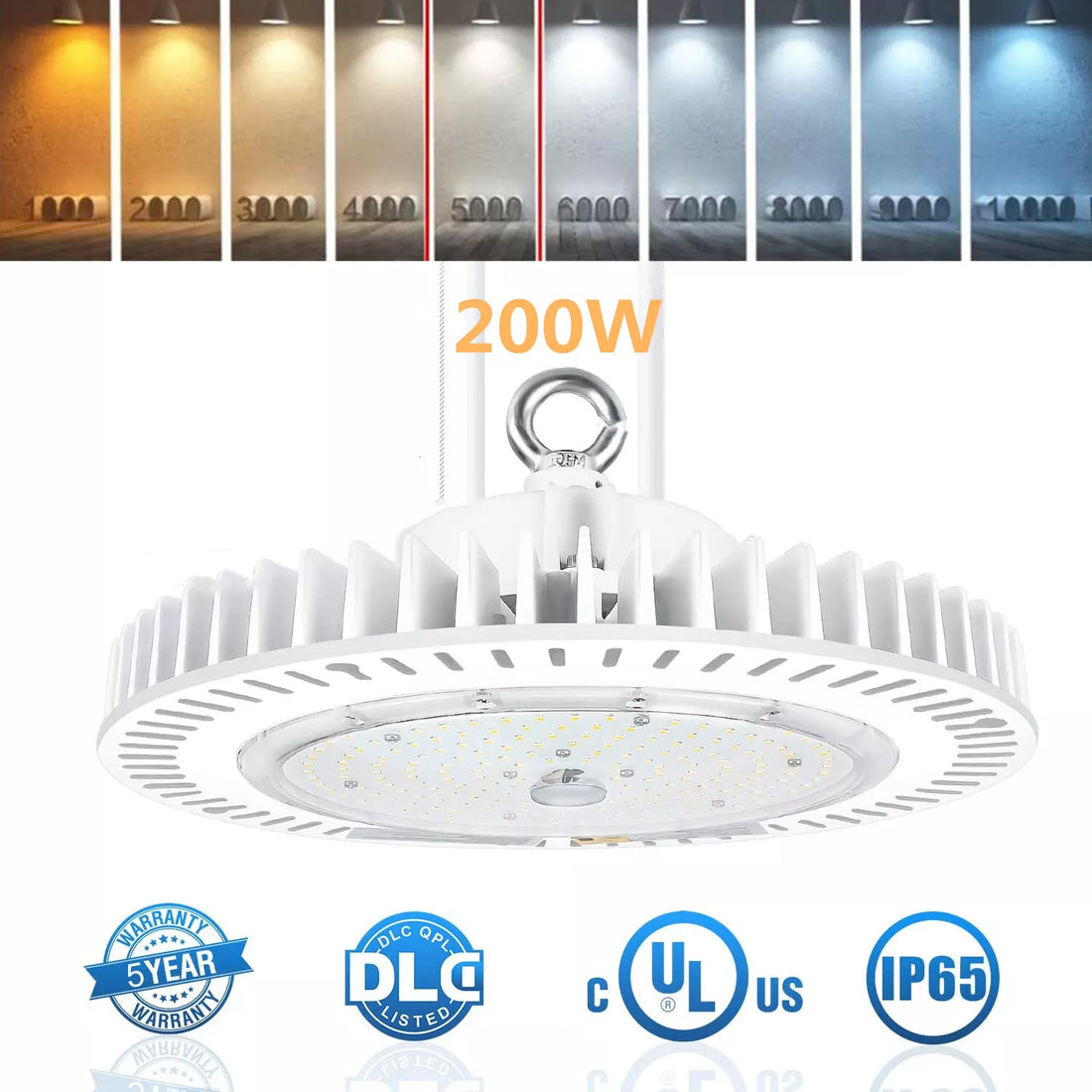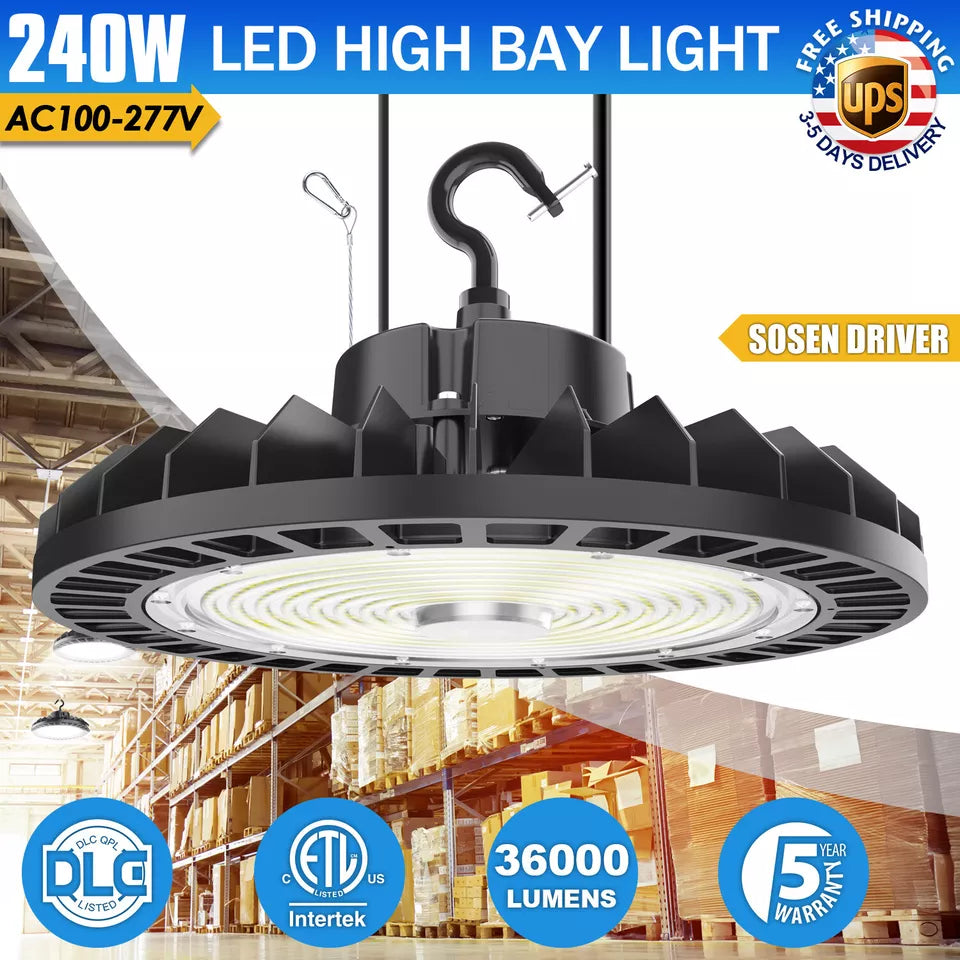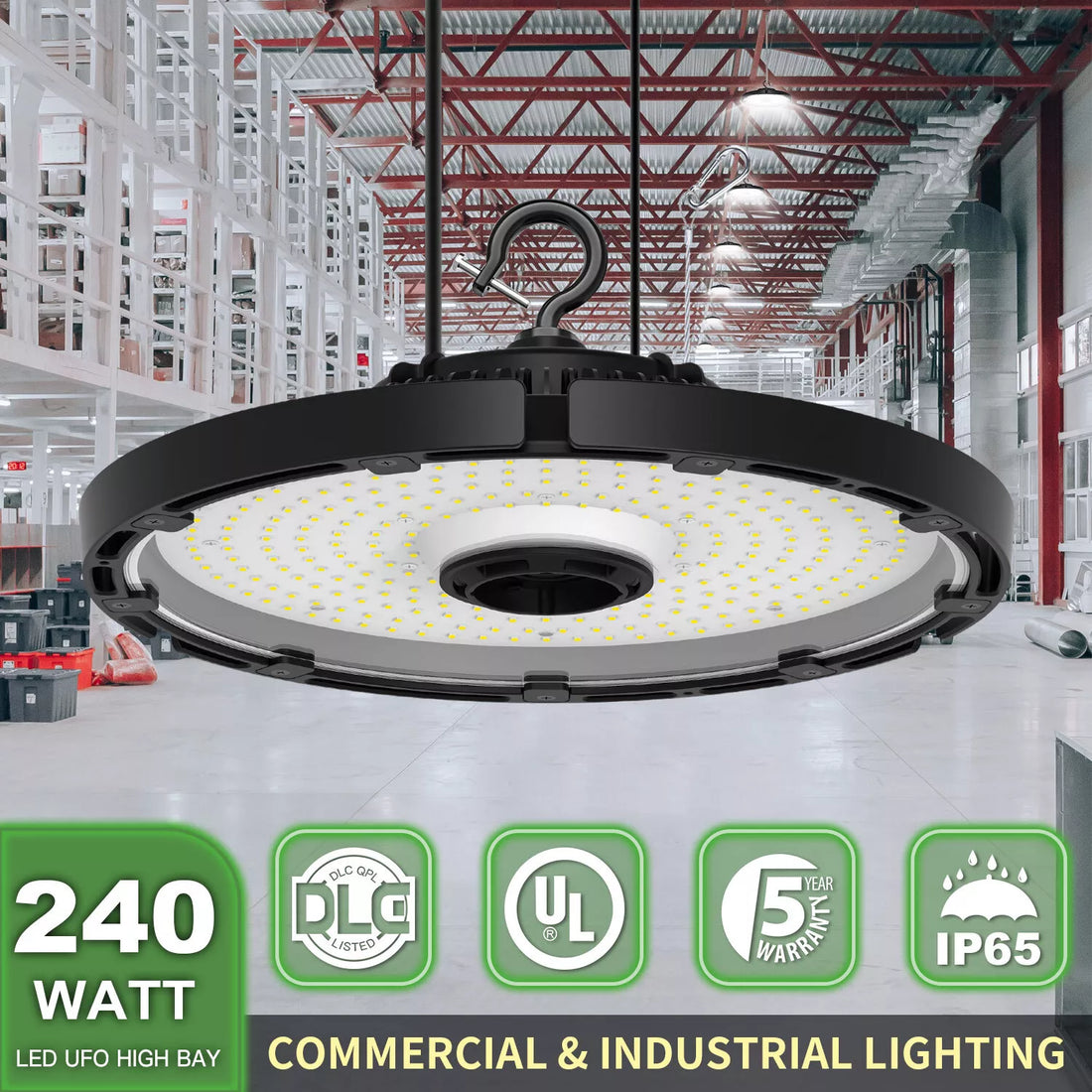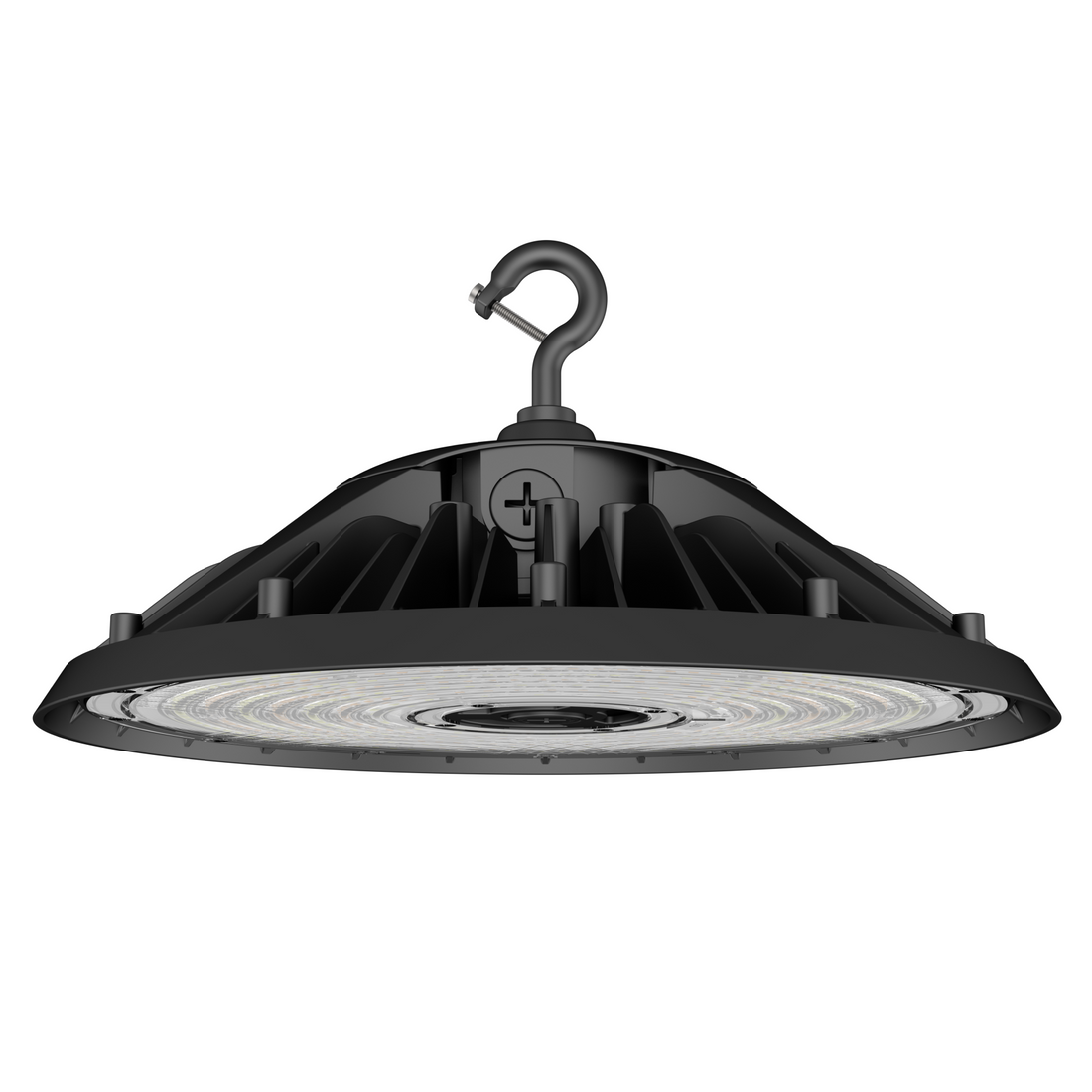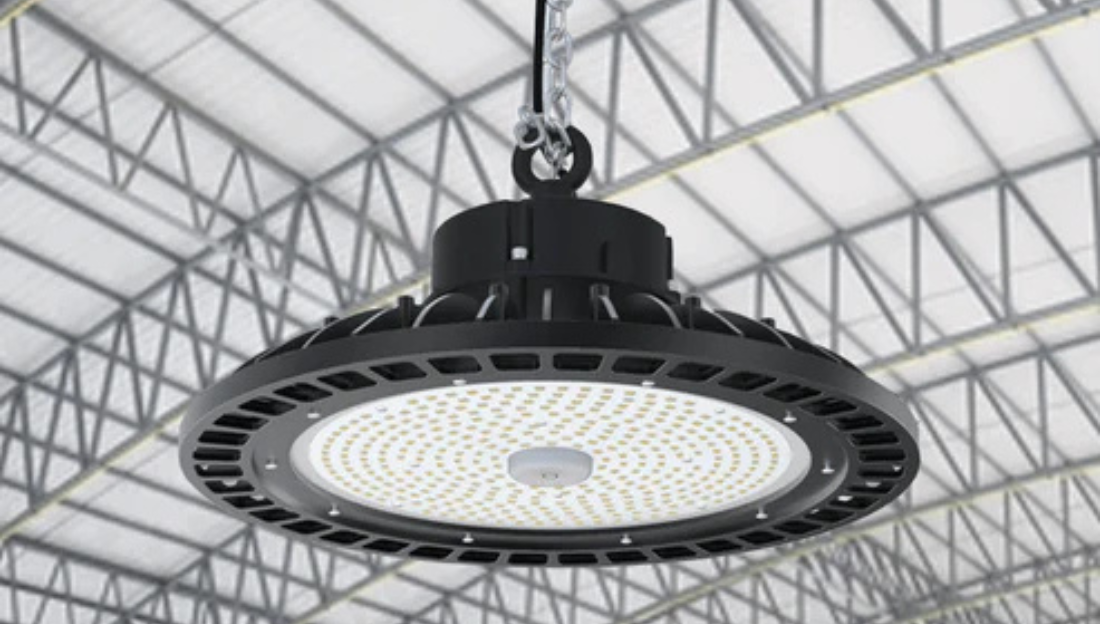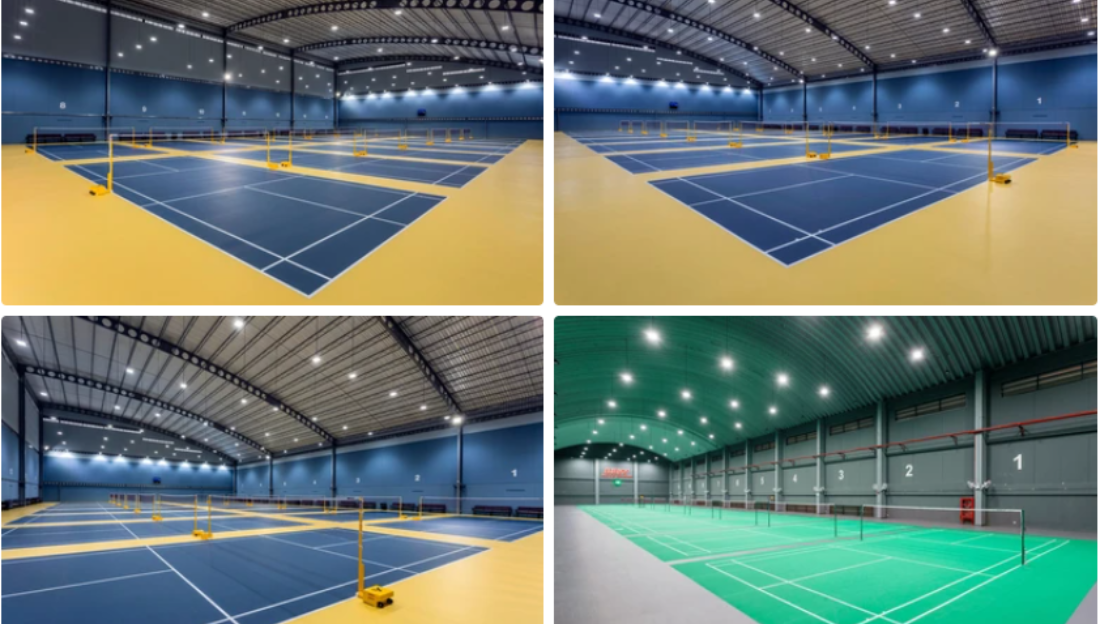Aircraft hangars are crucial spaces for the maintenance, repair, and storage of airplanes. Proper lighting in these hangars is not only essential for clear visibility but also ensures the safety of workers and the efficiency of operations. Selecting the right lighting solution, such as UFO LED High Bay Lights, can significantly enhance the overall functionality and safety of an aircraft hangar.
In this blog, we will explore the lighting requirements for aircraft hangars and why UFO LED High Bay Lights are the ideal choice for such environments.
Index
-
Why Proper Lighting is Important in Aircraft Hangars
-
Lighting Standards for Aircraft Hangars
-
Recommended Lighting Types for Aircraft Hangars
-
Why Choose UFO LED High Bay Lights for Aircraft Hangars
-
Benefits of Using UFO LED High Bay Lights
-
Conclusion
-
FAQs
1. Why Proper Lighting is Important in Aircraft Hangars
Aircraft hangars require clear and uniform lighting to ensure efficient maintenance and repair work. Poor lighting can lead to operational inefficiencies, increased chances of accidents, and compromised safety standards.
Good lighting offers:
-
Enhanced visibility for maintenance workers.
-
Improved overall safety.
-
Reduced chances of errors during operations.
-
Higher energy efficiency with the right lighting solutions.
2. Lighting Standards for Aircraft Hangars
According to international aviation and safety guidelines, aircraft hangars must meet specific lighting standards to ensure maximum visibility and safety. Here are a few key requirements:
-
Minimum Illumination Level: Aircraft hangars should maintain an illumination level of at least 500 lux for general operations. For intricate work like aircraft maintenance or inspection, a higher intensity of 1000 lux is recommended.
-
Uniform Lighting: Uniform distribution of light helps avoid shadows and dark spots, ensuring clear visibility across the hangar.
-
Energy Efficiency: Lighting solutions should consume minimal energy while providing maximum output.
-
Durability and Low Maintenance: Since hangars are high-ceiling spaces, lighting fixtures must be durable and require minimal maintenance.
3. Recommended Lighting Types for Aircraft Hangars
Here are the most commonly recommended lighting solutions for aircraft hangars:
-
UFO LED High Bay Lights (Best Option)
-
Linear LED Lights
-
Metal Halide Lights (Outdated)
-
Fluorescent Lights (Less Efficient)
Among these options, UFO LED High Bay Lights have proven to be the most efficient and practical choice for large-scale spaces like aircraft hangars.

4. Why Choose UFO LED High Bay Lights for Aircraft Hangars
UFO LED High Bay Lights are specifically designed to provide high-lumen output, making them ideal for spaces with high ceilings, such as aircraft hangars. Here’s why they are the perfect choice:
-
High Brightness: UFO LED High Bay Lights offer excellent brightness with a lumen output ranging from 15,000 to 100,000 lumens, ensuring clear visibility.
-
Energy Efficiency: These lights consume significantly less electricity compared to traditional metal halide or fluorescent lights, reducing energy bills.
-
Durability: UFO LED High Bay Lights have a longer lifespan, often exceeding 50,000 hours, minimizing the need for frequent replacements.
-
Heat Dissipation: The aluminum housing and superior heat dissipation design prevent overheating, ensuring the safety of both the fixtures and the hangar environment.
-
Low Maintenance: With minimal maintenance requirements, these lights are ideal for high-ceiling spaces like aircraft hangars.
5. Benefits of Using UFO LED High Bay Lights
The use of UFO LED High Bay Lights offers numerous benefits, including:
-
Enhanced Visibility: Improved visibility ensures safety and accuracy during maintenance tasks.
-
Cost Efficiency: Reduced energy consumption leads to lower electricity bills.
-
Longevity: Longer lifespan means fewer replacements and reduced maintenance costs.
-
Eco-friendly: Lower carbon footprint compared to traditional lights.
-
Modern Aesthetics: UFO LED High Bay Lights offer a modern and sleek design, enhancing the overall look of the hangar.
6. Conclusion
Choosing the right lighting for your aircraft hangar is crucial for ensuring operational efficiency, safety, and cost-effectiveness. UFO LED High Bay Lights stand out as the most suitable and practical choice due to their high-lumen output, energy efficiency, and durability. Investing in these lights will not only improve visibility but also reduce long-term operational costs.
Whether you are constructing a new aircraft hangar or upgrading an existing one, UFO LED High Bay Lights are the ideal solution to ensure maximum illumination and efficiency.
7. FAQs
Q1. What is the recommended height for installing UFO LED High Bay Lights in an aircraft hangar?
-
Ideally, UFO LED High Bay Lights should be installed at a height of 15 to 40 feet, depending on the size and ceiling height of the hangar.
Q2. How long do UFO LED High Bay Lights last?
-
On average, UFO LED High Bay Lights have a lifespan of over 50,000 hours, ensuring long-term durability.
Q3. Can UFO LED High Bay Lights reduce electricity costs?
-
Yes, they consume significantly less power compared to traditional lights, resulting in up to 70% energy savings.
Q4. Are UFO LED High Bay Lights suitable for outdoor use in hangars?
-
Yes, many UFO LED High Bay Lights are designed to be waterproof and weather-resistant, making them suitable for both indoor and outdoor use.
Q5. Do UFO LED High Bay Lights require regular maintenance?
-
No, these lights are designed for low-maintenance operation, especially in high-ceiling environments like aircraft hangars.
By choosing UFO LED High Bay Lights, you are ensuring maximum visibility, operational efficiency, and significant energy savings for your aircraft hangar. Upgrade your hangar lighting today for a brighter and safer working environment.



